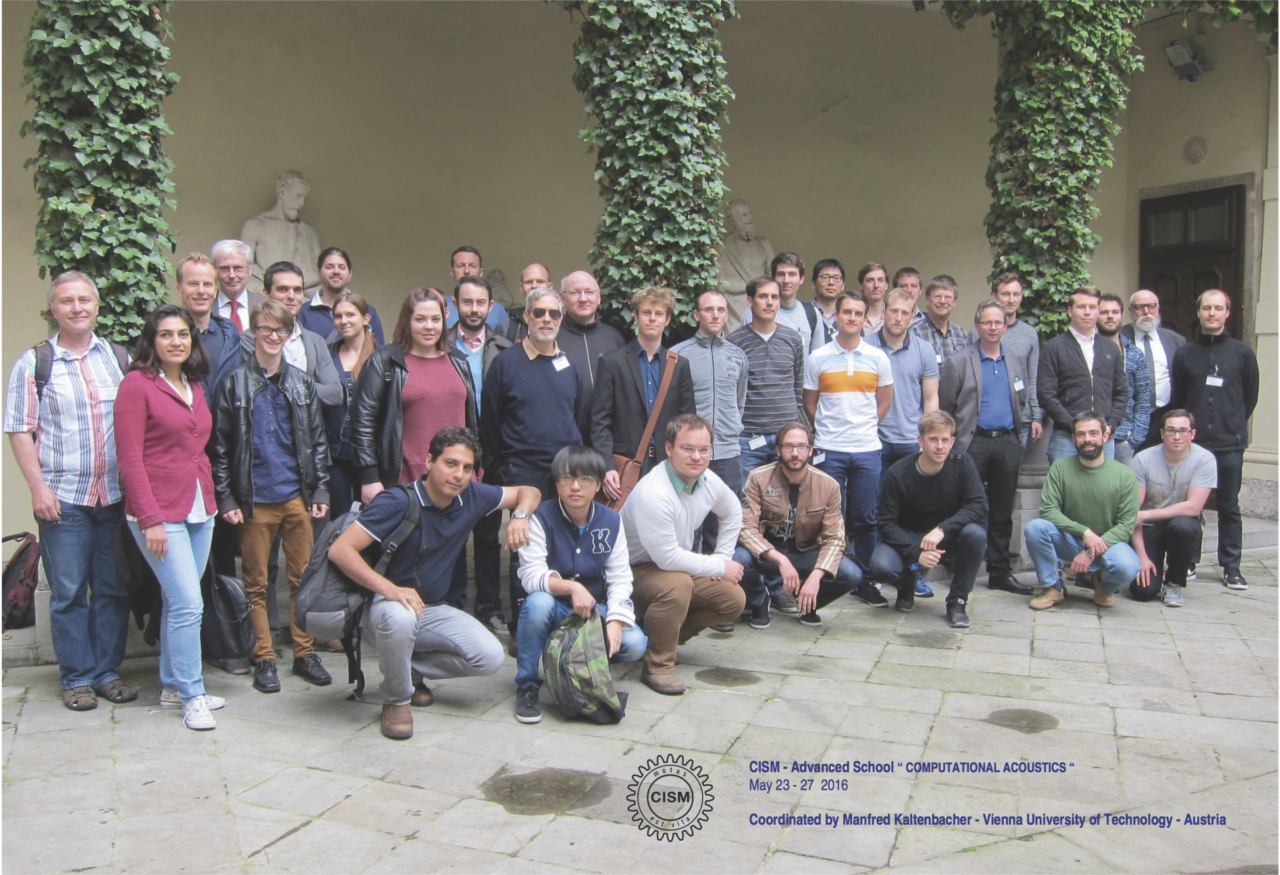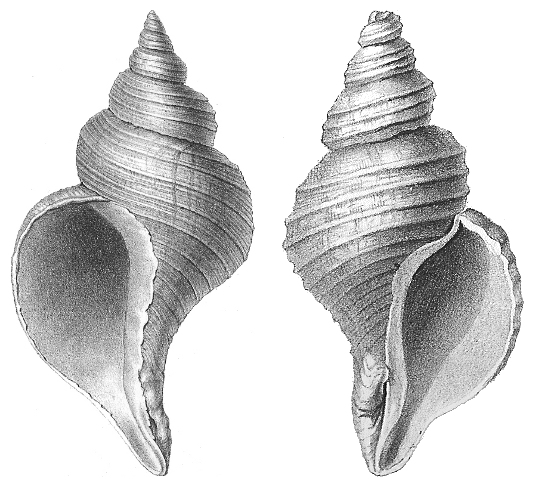Wer ist schon gern berechenbar? Ein Gespräch mit einer Welle über ihre Simulationen.
via GIPHY
Stimme aus dem Nichts: Warum hat Gott nicht gesprochen „Es werde Schall!“?
Ich: Keine Ahnung.
Stimme aus dem Nichts: Hat er schon, es hat nur niemand gehört.
Ich: Sehr witzig. Wer ist da und warum sehe ich dich nicht?
Stimme aus dem Nichts: Ich bin Wavy, die akustische Welle. Du kannst mich nicht sehen, sondern
nur hören.
Ich: Das ergibt Sinn. Ich heiße David. Es freut mich dich endlich kennen zu lernen. Ich habe meine
Doktorarbeit über dich geschrieben.
Wavy: Ach ja? Um was geht es darin?
Ich: Ich habe Fehlerabschätzungen für Finite Elemente Lösungen von Wellengleichungen mit
dynamischen Randbedingungen bewiesen.
Wavy: Wie bitte? Wenn du glaubst mich durch „Fachchinesisch“ beeindrucken zu können, hast du
dich geschnitten.
Ich: Natürlich nicht, verzeih mir. Dann lass mich mit einer Frage beginnen: Weißt du wie ein
Mikrofon funktioniert?

